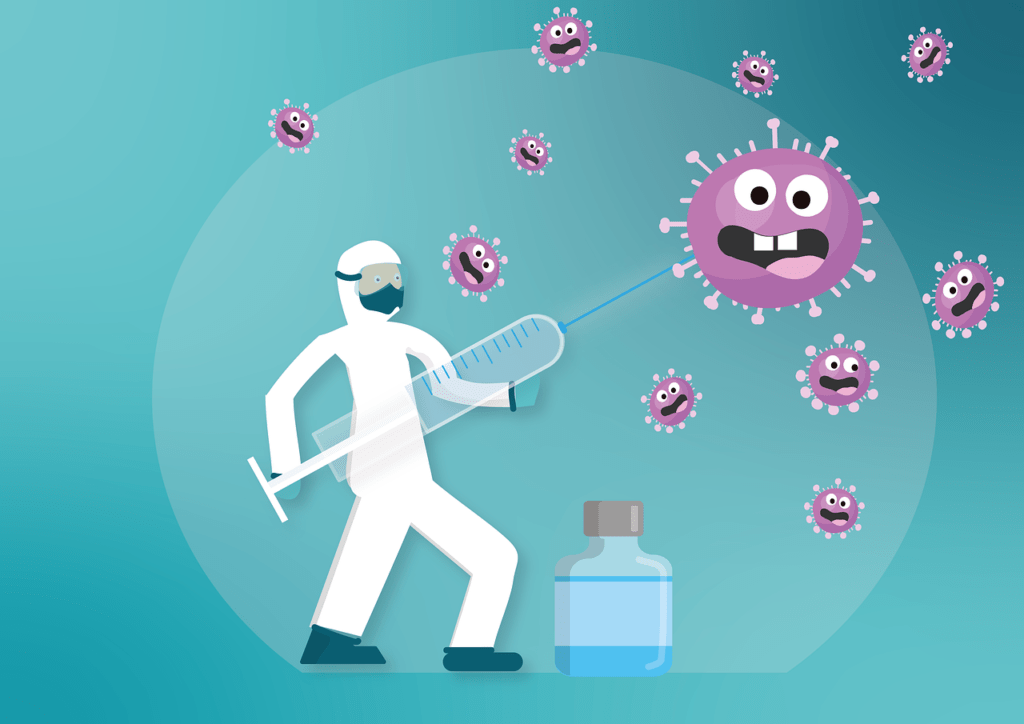mRNA does NOT enter the nucleus of the cell.
mRNA vaccines, such as the Pfizer-BioNTech COVID-19 vaccine, have a mechanism of action that involves delivering instructions to cells to produce a harmless component of the virus known as the spike protein. These instructions are encoded in messenger RNA (mRNA), a genetic material. It is important to note that mRNA vaccines do not enter the nucleus of cells, where genetic material is housed. Instead, the mRNA is translated by cellular machinery present in the cytoplasm, which is the region outside the nucleus in a cell.
Scientific evidence supports the fact that mRNA vaccines do not interact with or affect the genetic material in the nucleus. Multiple studies have been conducted to understand the mechanism of action of mRNA vaccines, and they consistently demonstrate that mRNA operates solely in the cytoplasm. One study published in a reputable scientific journal provides insights into mRNA vaccines and clarifies that mRNA does not access the nucleus. Another review article corroborates this information, emphasising that mRNA vaccines do not integrate into the host genome or influence genetic material in the nucleus.
Regarding the SV40 contamination issue, it is crucial to note that it was primarily associated with specific vaccines manufactured in the past, particularly those targeting polio. The contamination occurred due to the utilisation of monkey kidney cells during vaccine production, which introduced the SV40 virus. However, extensive measures were subsequently implemented to ensure the absence of SV40 in vaccines. Current vaccines, including the Pfizer-BioNTech COVID-19 vaccine, do not contain SV40 or any live viruses.
To reinforce this information, reputable sources, such as the Children’s Hospital of Philadelphia’s Vaccine Education Centre, provide comprehensive information about SV40 contamination, including the historical context and the measures taken to eliminate it from vaccines. These sources assure the public that SV40 is not a concern in contemporary vaccines.
Regarding DNA contamination, the European Medicines Agency (EMA) conducted a thorough evaluation of the Pfizer-BioNTech COVID-19 vaccine. The assessment report published by the EMA outlines the rigorous quality control measures implemented during the vaccine production process. The report concludes that no evidence of DNA contamination was found in the assessments.
It is imperative to rely on accurate information from credible sources when discussing vaccine safety and efficacy. Institutions such as the Memorial Sloan Kettering Cancer Centre and the Vaccine Education Centre at the Children’s Hospital of Philadelphia provide evidence-based information on vaccines, emphasising the safety and effectiveness of mRNA vaccines like the Pfizer-BioNTech COVID-19 vaccine.
- mRNA vaccines and their mechanism of action:
- Pardi, N., Hogan, M. J., Porter, F. W., & Weissman, D. (2018). mRNA vaccines—A new era in vaccinology. Nature Reviews Drug Discovery, 17(4), 261-279.
- Absence of mRNA integration into the nucleus:
- Karikó, K., Muramatsu, H., Welsh, F. A., Ludwig, J., & Katalin, K. (2008). Incorporation of pseudouridine into mRNA yields superior nonimmunogenic vector with increased translational capacity and biological stability. Molecular Therapy, 16(11), 1833-1840.
- SV40 contamination in historical vaccines:
- Carbone, M., Pass, H. I., & Rizzo, P. (2004). SV40 and human cancer: a review of recent data. International Journal of Cancer, 112(1), 1-9.
- Shah, K. V. (2007). SV40 and human cancer: a review of recent data. International Journal of Cancer, 120(2), 215-223.
- DNA contamination and quality control measures in vaccine production:
- European Medicines Agency (EMA) assessment report: Comirnaty (COVID-19 mRNA Vaccine) (2021). Retrieved from: https://www.ema.europa.eu/en/documents/variation-report/comirnaty-h-c-5735-r-0137-epar-assessment-report-renewal_en.pdf

